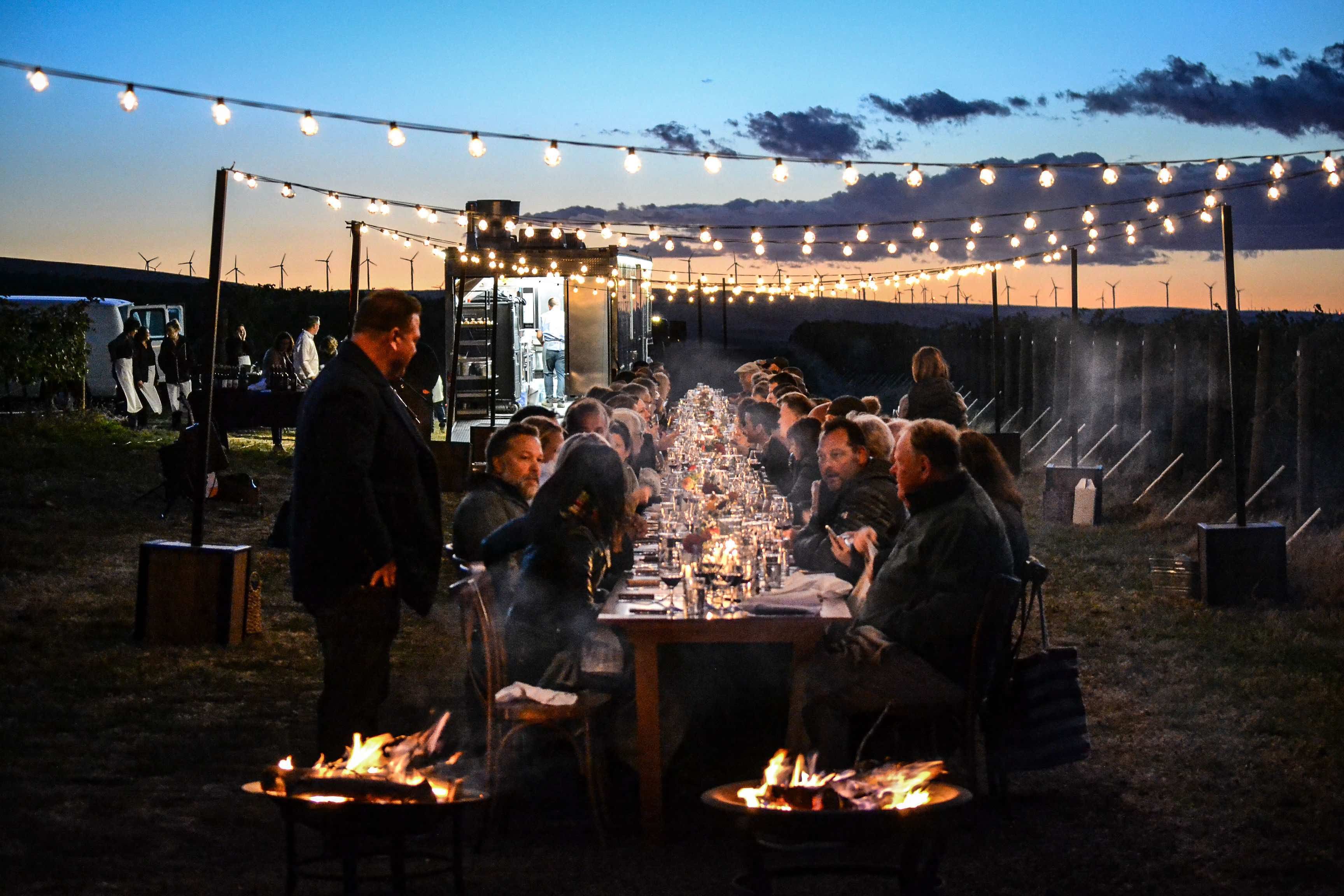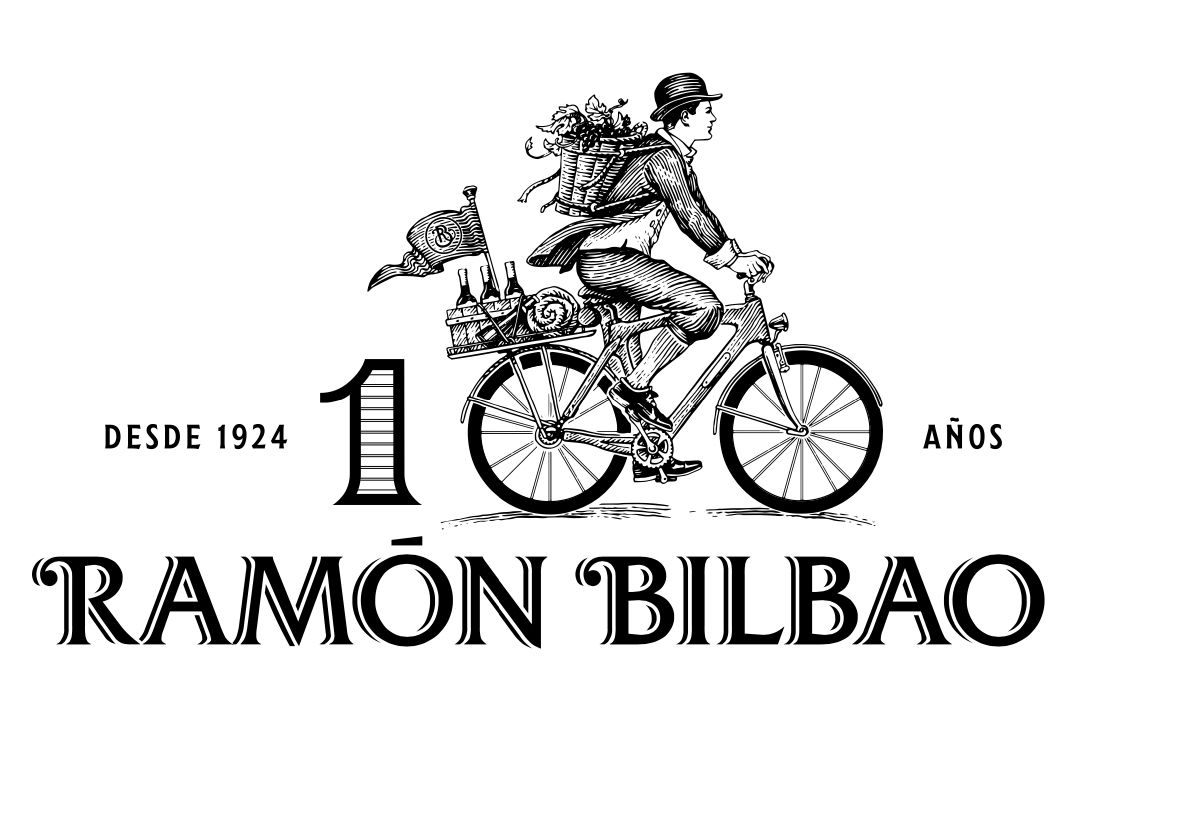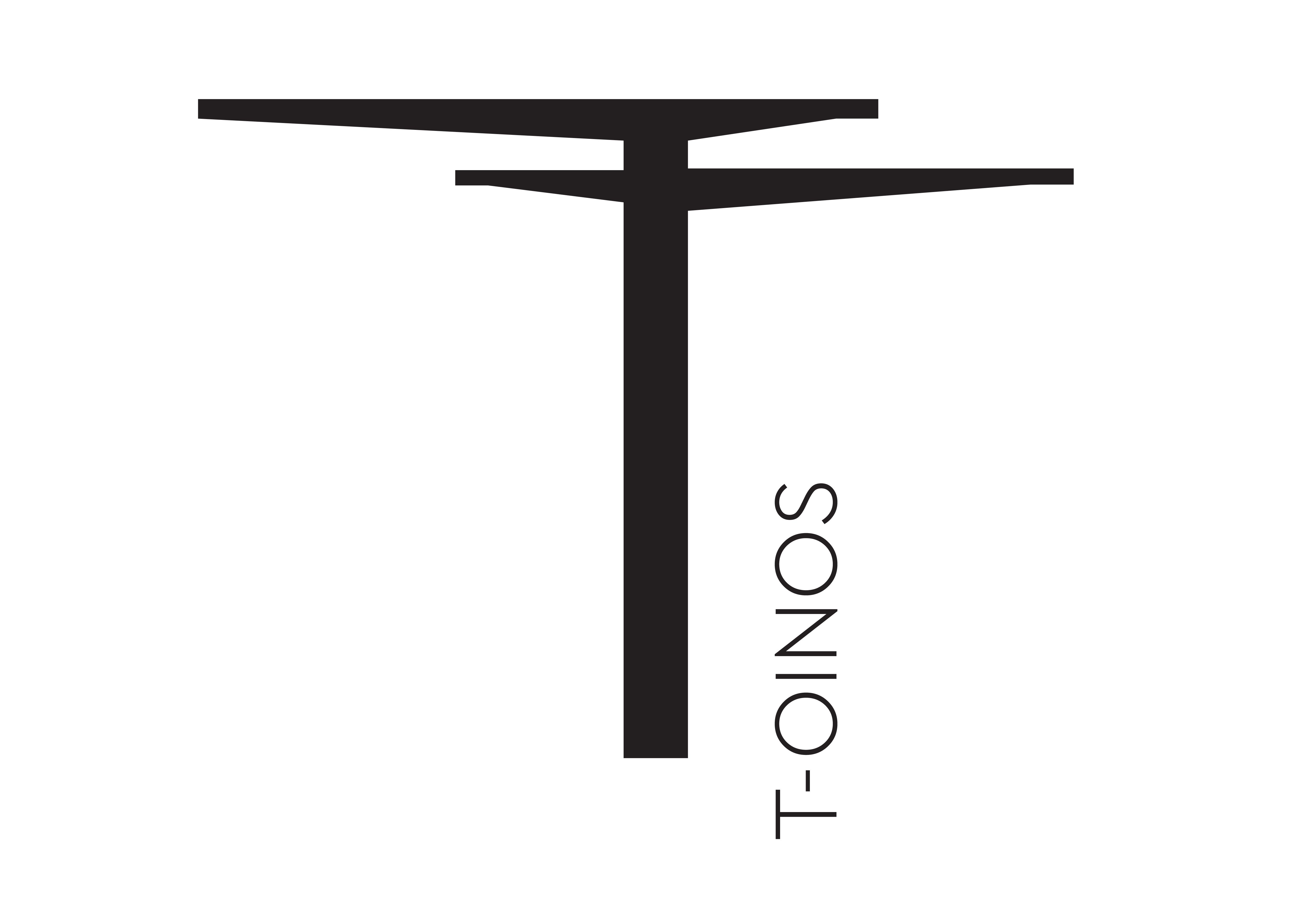Here’s a question for you. If you had to place each of the main wine regions in the United States in order of which state produces the most wines where would you put Washington State? If you throw in the fact that 90% of producers in the region make 5,000 cases of wine or less it might surprise you to find the Washington State can claim second spot in that list. Sitting between California at the top and Oregon in third place.
It now has over 1,050 wineries, 400 plus growers, making over 17 million cases of wine from 60,000 acres of vines, with an overall economic value of some $9.5 billion. Not bad for a region that only started producing wine on a large scale in the 1950s and 1960s and only started exports in the mid 1980s.
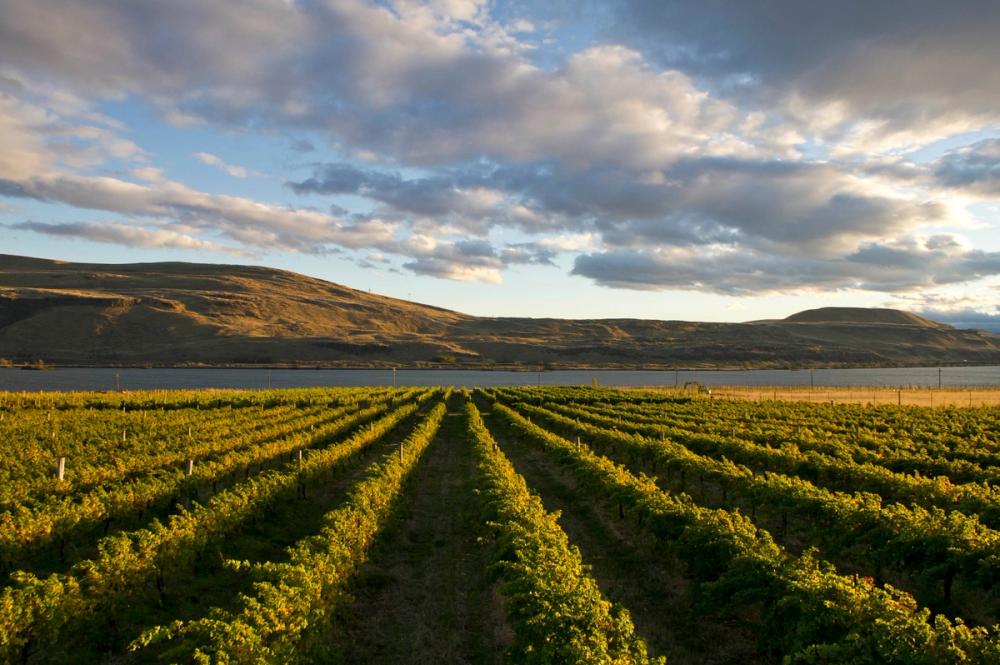
The Columbia George AVA in Washington State
Yet for all its success to date it knows it can do better. Particularly in promoting and getting more of its wines distributed in key markets around the world. Only 5% of its wines are currently exported, relying instead on a huge domestic and cellar door market.
As its official website says: “We have the room to grow”. It even quotes Oz Clarke saying: “I tell you, the world of wine, cannot wait to see what you do next, Washington.”
It’s certainly on the move with double the number of wineries in 2023 (1,060) than there were in 2013 (564) and 10,000 plus more acres of vines.
If you have been lucky enough to visit Seattle then you will be fully in tune with what Washington State has to offer. Memories that will stay with you long after you have returned home. The difficulty, though, is there is not an endless supply of new people visiting the city and falling in love with what Seattle and Washington can offer.
Which is why Kristina Kelley, executive director of Washington State Wine Commission is particularly pleased it has recently been able to forge close ties with State of Washington Tourism and now has the chance to tap into its resources and pulling power to introduce more tourists to the wine region and what its wines can offer.
When you consider, she says, over 300 cruise ships come into Seattle harbour every year between May and September there are a lot of mouths to potentially fill with some cool climate Washington State wines.
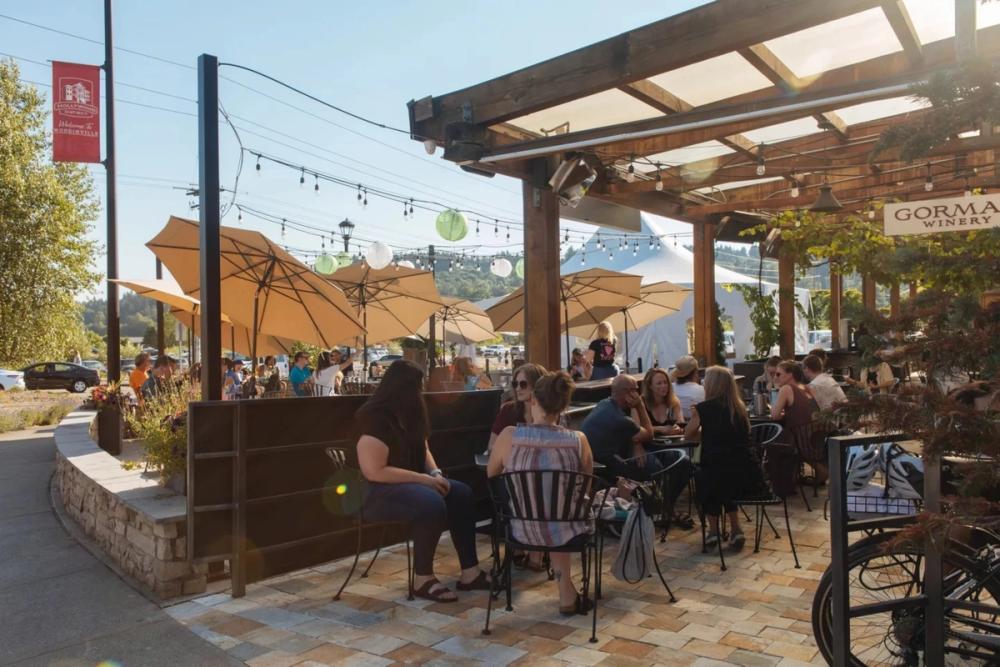
Woodinville just outside Seattle has become a melting pot of tasting rooms to attract locals and tourists alike
Whilst Washington’s main wine producing areas are a few hours’ drive over the Cascade mountains - which might be a little out of the reach of most tourists - a hot bed of tasting rooms has been created in the town of Woodinville less than 30 minutes from Seattle city centre. An opportunity for the state’s wineries to set up their own tasting rooms and create their own wine village just outside the city. There are now close to 130 tasting rooms in and around Woodinville, says Kelley.
Making it one of the busiest and most popular wine areas in the US, even though there are no grapes grown there. Ideal for not only sharing its story with international tourists but also with domestic visitors that are also a key target for the Commission to build sales throughout the United States.
Two’s company
Washington State also knows it can’t achieve what its wants to do completely on its own and therefore has long standing ties with Oregon, its neighbouring state, to create more of a single voice representing the North West of America - formally known as the Northwest Wine Coalition. Which is very much where Kelley works with her counterparts in Oregon in order to help build awareness and grow exports from the two combined states, using federal agricultural support and grants where possible.
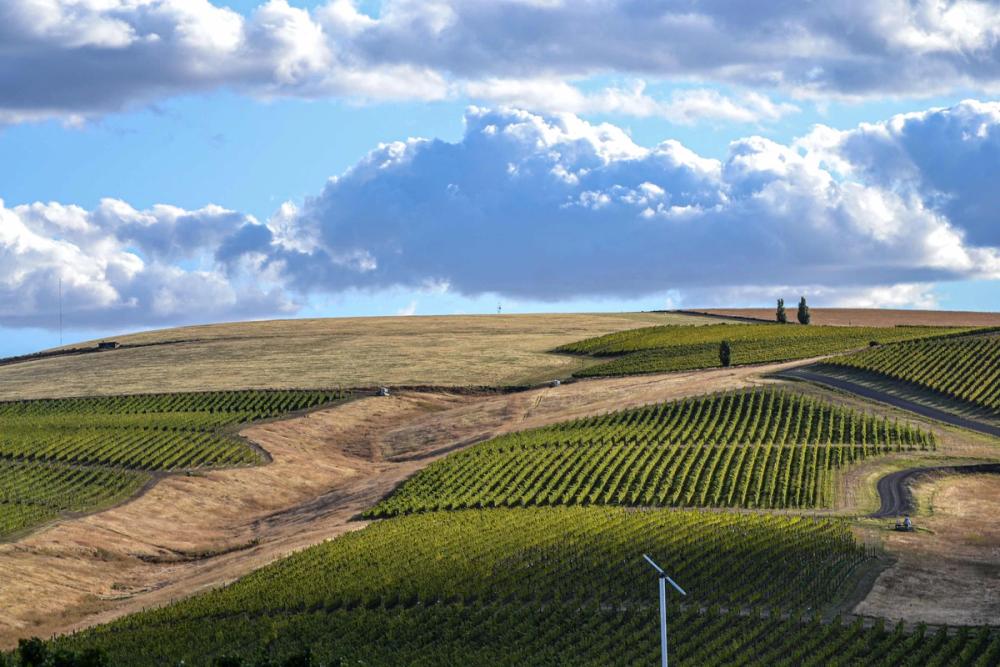
Washington State has a close knit winemaking community
Not that there are big similarities between the wines it makes with Oregon producing much more cooler climate wines, focused around Pinot Noir and Chardonnay. Whilst in Washington the drier, hotter almost desert-like climate, with on average 17 hours of sunlight a day, and only around 8mm of rain annually, is responsible for 30% of its production being Cabernet Sauvignon and represents 50% of its red varieties. Although there are over 80 varieties grown in the region.
“We do though share a lot of the same soils and half the Walla Walla wine region is actually in Oregon,” she adds.
But it gives the two states a focus and a platform on which to build their international profile. Washington, for example, has seen a near 30% increase in recent years in the number of Washington producers wanting to take part in international events and activities. In 2021, 32 Washington wineries exported wine to more than 60 countries, creating $47 million in sales and a five-year compound annual growth rate of 8.8% (volume). The top ten markets represent more than 85% of export sales.
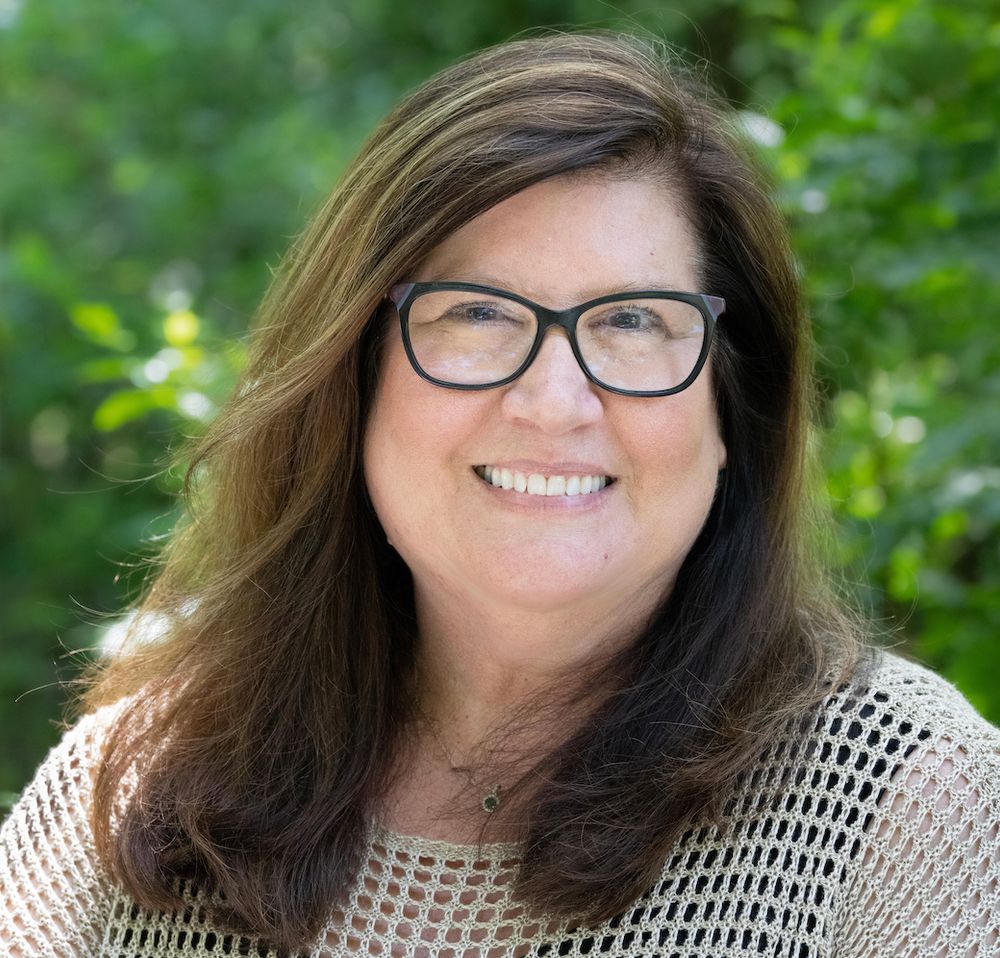
Kristina Kelley says there is so much untapped potential with Washington State wines
Kelley says: “We see ourselves as working together to get joint federal funding. It helps bring us all together too. There is a big potential for us both to increase our exports.”
International push
Its number one export market is Canada, which is not surprising considering how close it is, followed by the Nordics, South Korea, Japan and the UK.
Kelley says: “The UK is incredibly important to us. It is still the epicentre of the wine industry.”
Its challenge in the UK is how best to use its budget and works closely with Sopexa, the marketing and promotions agency, to maximise what money it can spend.
That said Washington currently only has around 20 to 30 producers that are big enough to really do exports, so its immediate efforts is working with them to do see where and how they can sell more wine overseas.
“They are mostly family-owned, often third generation winemakers who are not overly experienced in working overseas, so we hope to give them a helping hand in how to export their wines.”
She adds: “We are looking at ways we can bring them closer to the market and connect with sommeliers and buyers.”
Which is why she sees the on-trade as having the most potential growth, particularly for its Cabernet Sauvignons that can offer quality and value across all price points in comparison to the prices now coming out of Napa. Its other main varieties are Chardonnay, Merlot, Riesling and Syrah.
“We can see good opportunities for by-the-glass programmes and food pairing menus. We also want to build more tasting and educational events with our importers and give people the chance to experience and try Washington wines,” she adds.
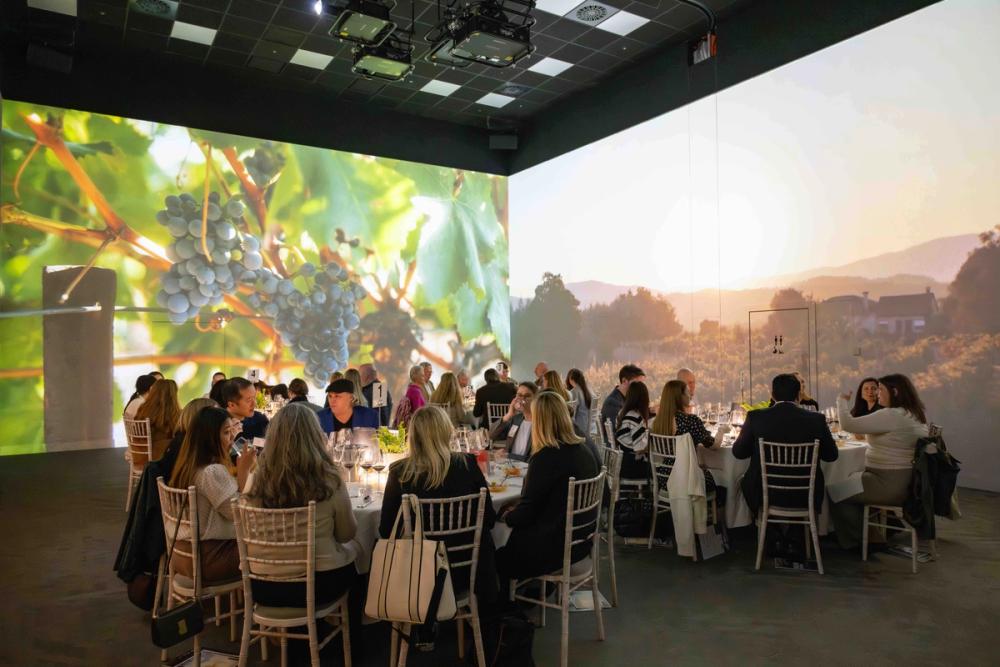
The recent event hosted by Washington State Wine Commission at London's Frameless venue
Last month, for example, it hosted an interactive tasting event at London’s Frameless venue where it was able to use large immersive video screens to show different aspects of Washington’s landscape, climate and vinegrowing areas.
“It was a great way to really showcase our wine country as we could take people from the beach and up into the mountains and focus on different aspects of Washington.”
It specifically invited an audience of wine trade and also travel operators so they could see what the region could offer their customers.
Sustainability
As well as export funding the Commission also gets federal support to help with its research and sustainability programme which provides third party certification for its growers and producers. By participating in “Sustainable WA”, growers commit to sustainable viticultural practices and are audited by a third party to ensure operations meet established standards.
The programme has taken 20 years to bring together as it covers all agricultural products and Kelley says the first wines that are certified “Sustainable WA” are now coming into the market.
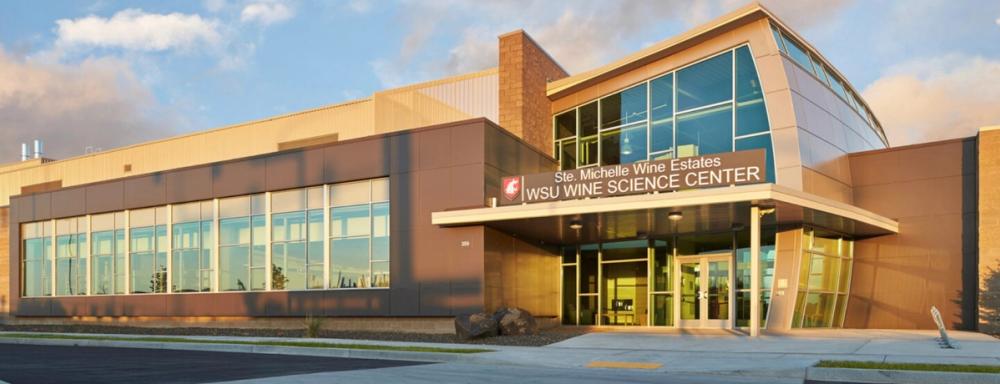
Washington's Wine Science Center has become an invaluable resource for producers across the region
Washington State Wine Commission also takes research and development into its vines, lands and soils very seriously, so much so it has invested in a $23m Wine Science Center to act as a hub for research, education and innovation.
The Center helps co-ordinate a wide number of research projects at any one time that might be focused directly on the region’s soils, vines or varieties it is planting.
“It means we are set up to plan for the future,” she says.
Kelley believes it is the “community spirit” that really makes the difference across the wine region and says it might have 20 separate AVAs, but they really all work together to share ideas and make things happen.
The Washington wine community, for example, has come together to see what it can do to help support and provide grapes for producers in Canada’s nearby Okanagan Valley that have lost their entire harvest to the weather.
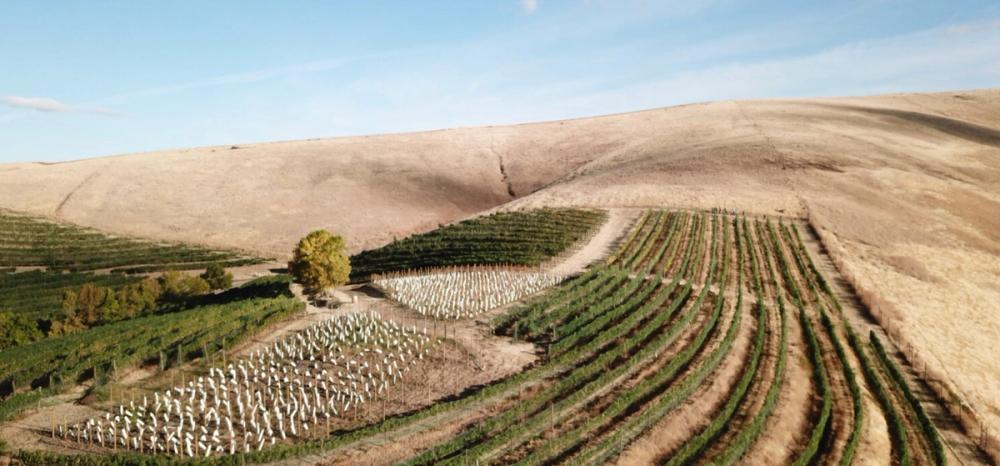
Elevation Vineyard in the Walla Walla Valley AVA
She says she is delighted to have returned home to her roots after a 25 years career working in senior roles at Gallo, most recently as senior director of public relations and corporate communications.
“During my time there I really got to know how to work the three-tier system in the US, what it takes to get a new wine into the market and what it is like to take a bag full of wines into a new account,”she says.
Experiences that are proving invaluable in her new role with the Commission. It very much feels like the right role for the right time in her career. And a chance to live back in Washington Seattle.
“I love what I do now. It really is the most amazing area to live. It is so welcoming and receptive. I get up in the morning, jump on a ferry and there are seals all around us. It has such natural beauty and you can be in the city in the morning and up in the ski slopes in the afternoon. It is the perfect location for those that love exploring, a bit of adventure and the great outdoors.”
* You can find out more about the work that Washington State Wine Commission does here.
